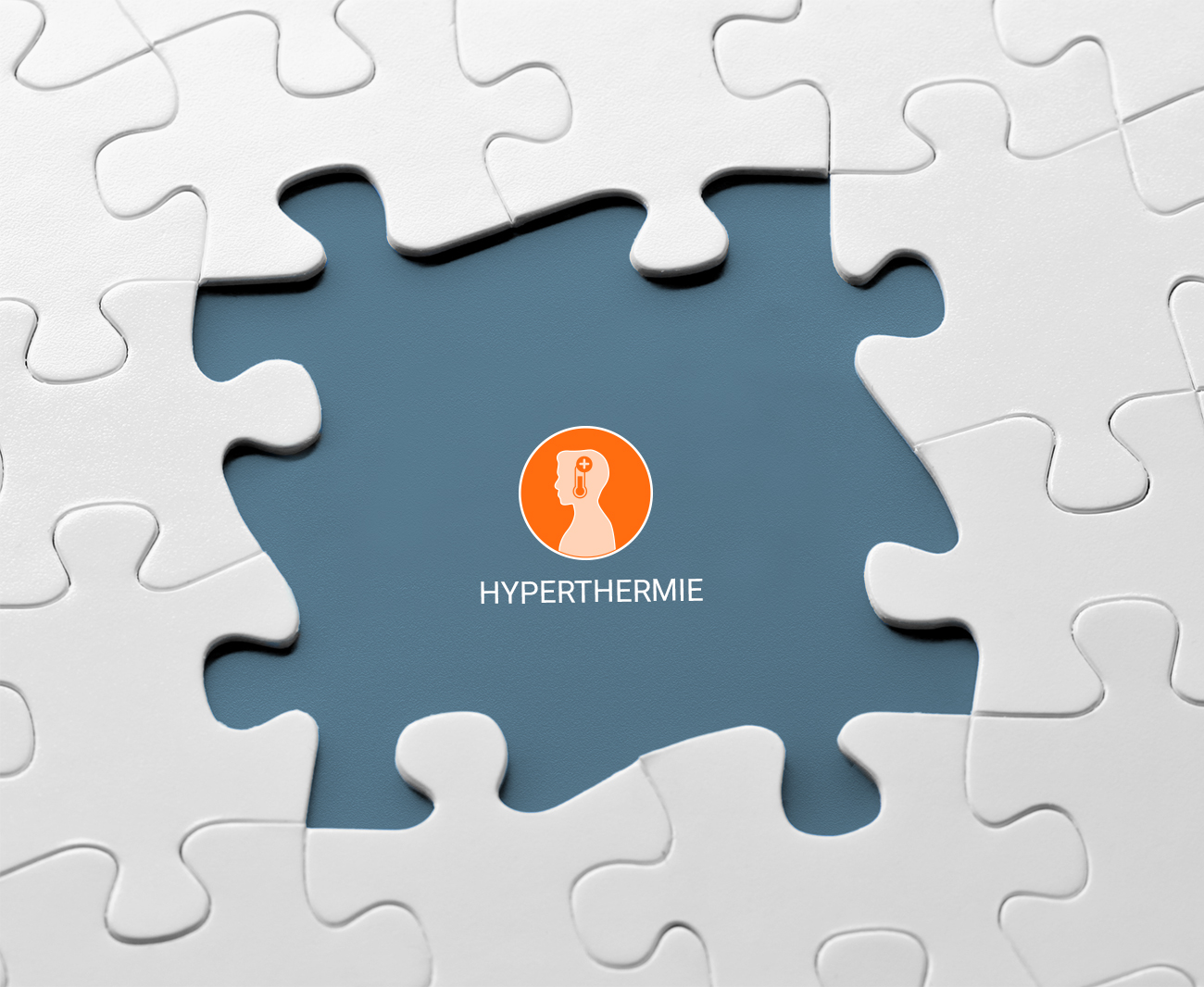
Distribution of tumor drugs after local drug delivery by hyperthermia, In Vivo
Distribution of tumor drugs after local drug delivery by hyperthermia, In Vivo
The investigation of tumor drugs in their effect even under hyperthermia is an important component for a safe and effective therapy of cancer patients. The work presented here by the group around Helena C. Besse * , Angelique D. Barten-van Rijbroek, Kim M.G. van der Wur-Jacobs, Clemens Bos, Chrit T.W. Moonen and Roel Deckers show interesting results.
Abstract:
The distribution and concentration of tumor drugs are important factors for effective tumor treatment. A promising method to improve the distribution and concentration of the drug in the tumor is to encapsulate the drug in a temperature-sensitive liposome. The aim of this study was to investigate the distribution of tumor drugs after treatment with different injected doses of Dierent to investigate liposomal formulations of Doxorubicin, ThermoDox (temperature sensitive liposomes) and DOXIL (non-temperature sensitive liposomes), and free Doxorubicin at the macroscopic and microscopic levels.
Only the ThermoDox treatment was combined with hyperthermia. The experiments were performed in mice carrying a human fibrosarcoma. At low and medium doses, the greatest growth retardation was obtained with ThermoDox, and at the highest dose, the greatest growth retardation was obtained with DOXIL. In histology, tumor areas with increased Doxorubicin concentration correlated with decreased cell count. proliferation, and significant differences in doxorubicin heterogeneity were observed. ThermoDox The treatment resulted in higher tissue drug concentrations than DOXIL and free doxorubicin at the same dose.
There was a correlation with distance to the vascular system, but vascular perfusion was not always necessary to determine the administration of Doxorubicin. Our results suggest that the distribution of tumor drugs is an important factor for effective tumor treatment and that its dependence on the dosage form deserves further systemic investigation.
Conclusions
At low and medium doses, the greatest growth retardation was obtained after ThermoDox treatment combined with hyperthermia, while at the largest dose studied, the greatest growth retardation was obtained after DOXIL treatment. At each dose studied, tumors treated with ThermoDox contained higher concentrations of doxorubicin compared to DOXIL and DOXIL. For all formulations, at the highest dose, the spatial distribution of Doxorubicin was most homogeneous and the concentration of Doxorubicin in the tumor was the highest. About histology: Tumor areas with high Doxorubicin concentrations corresponded with areas of low cell proliferation.
Unfortunately there is no clear relationship between tumor growth and drug distribution and concentration. This is most likely related to changes in spatial drug distribution over time, which were not investigated in this study.
Your Celsius42 Team
